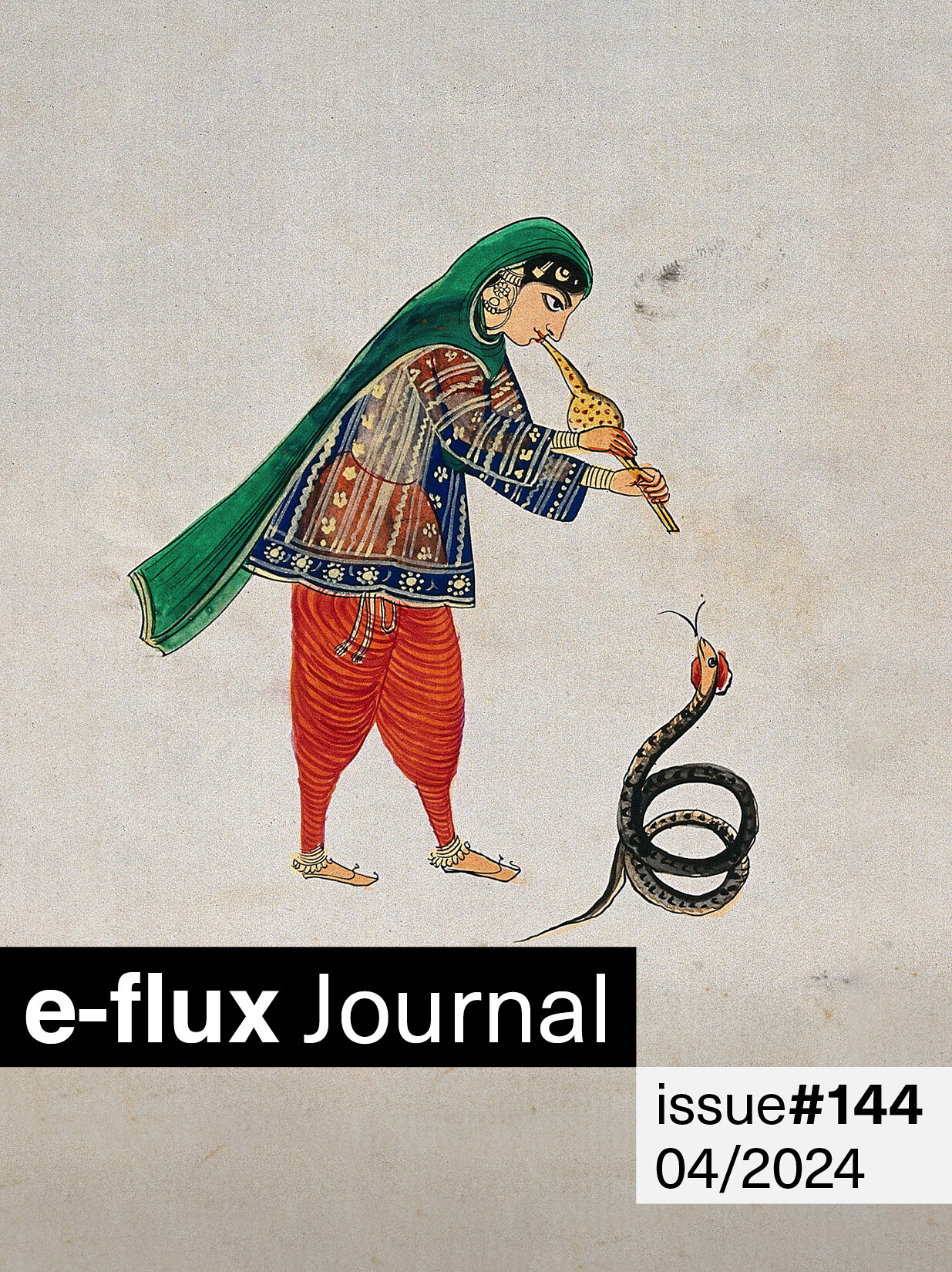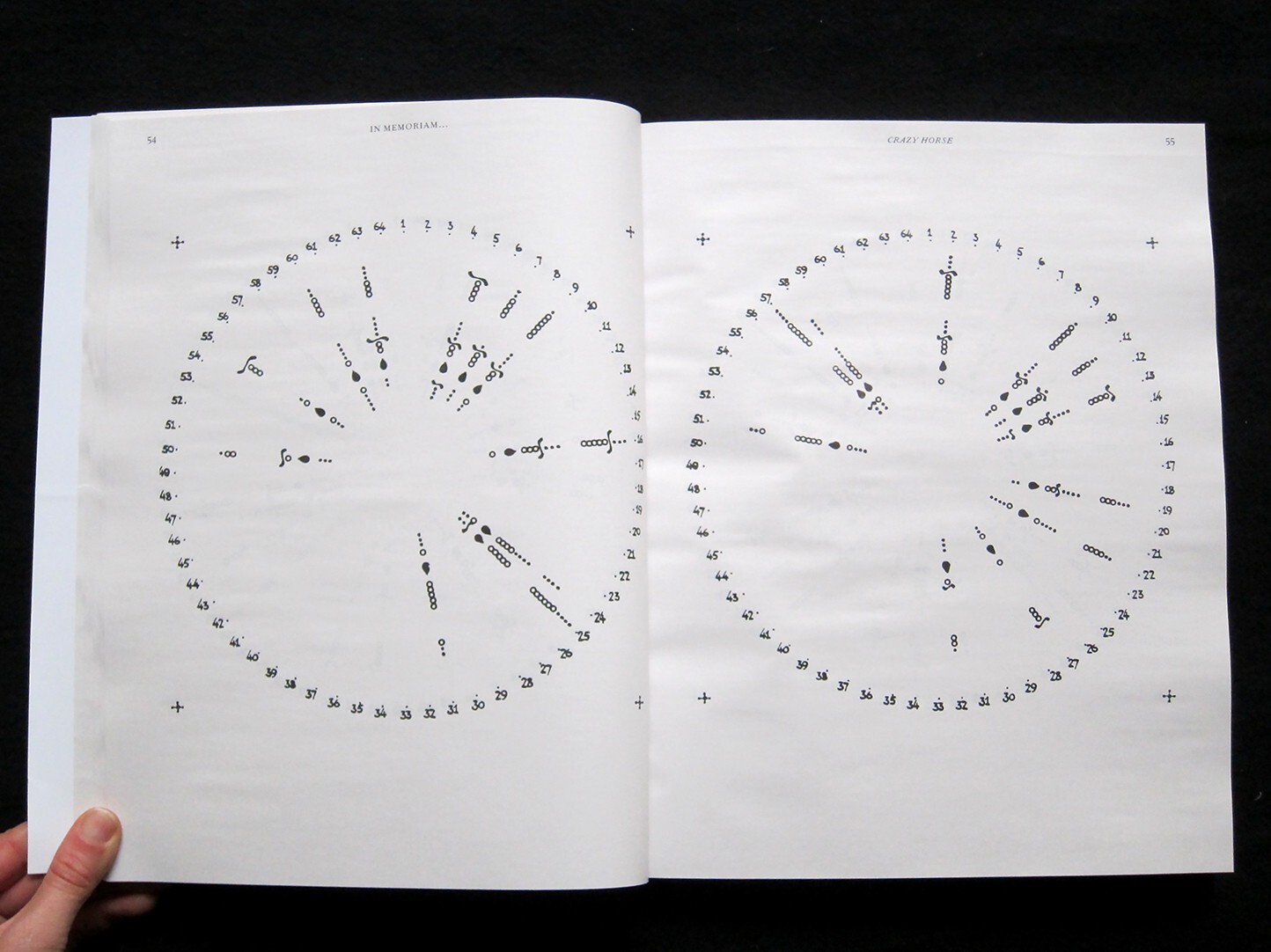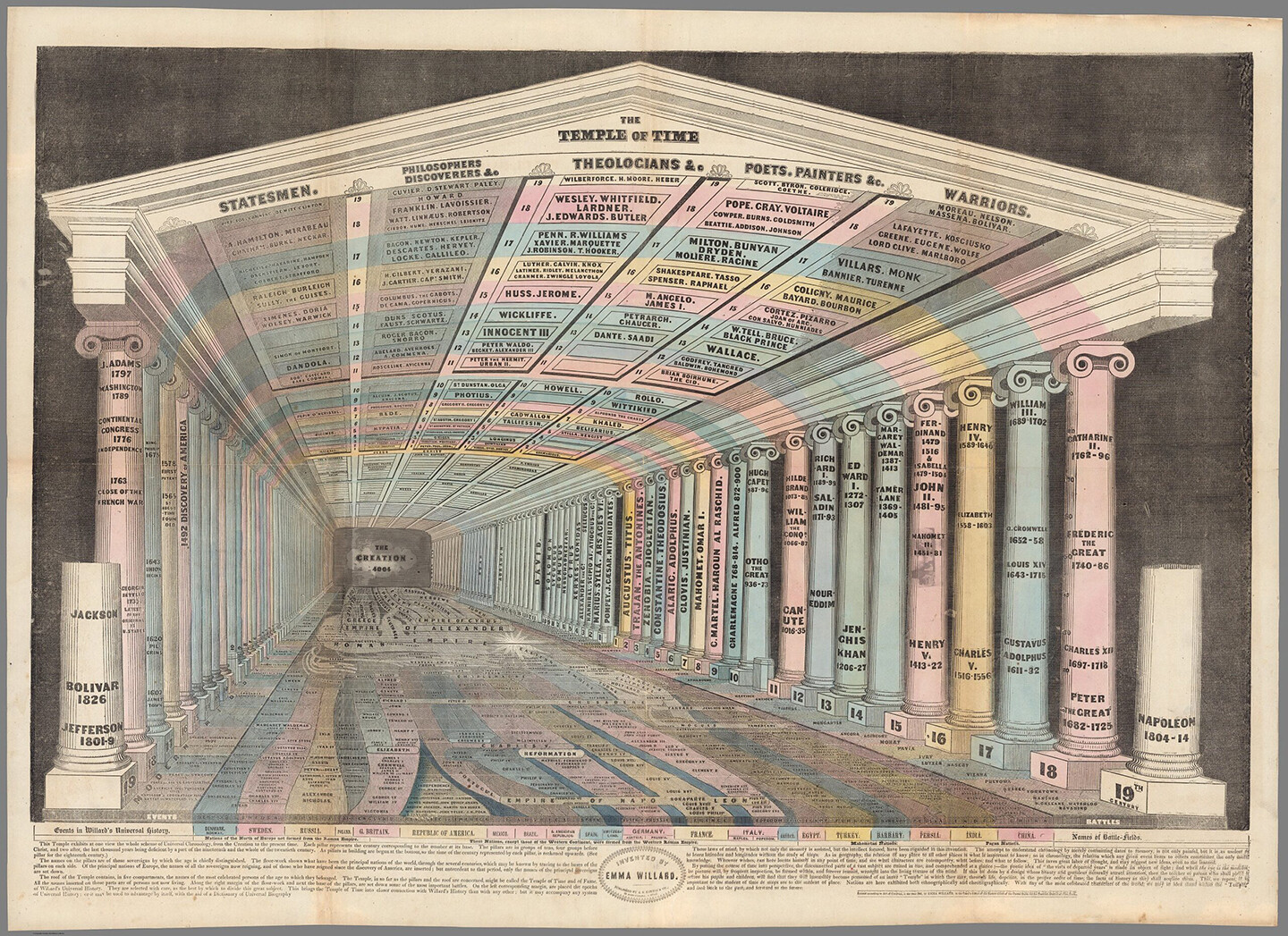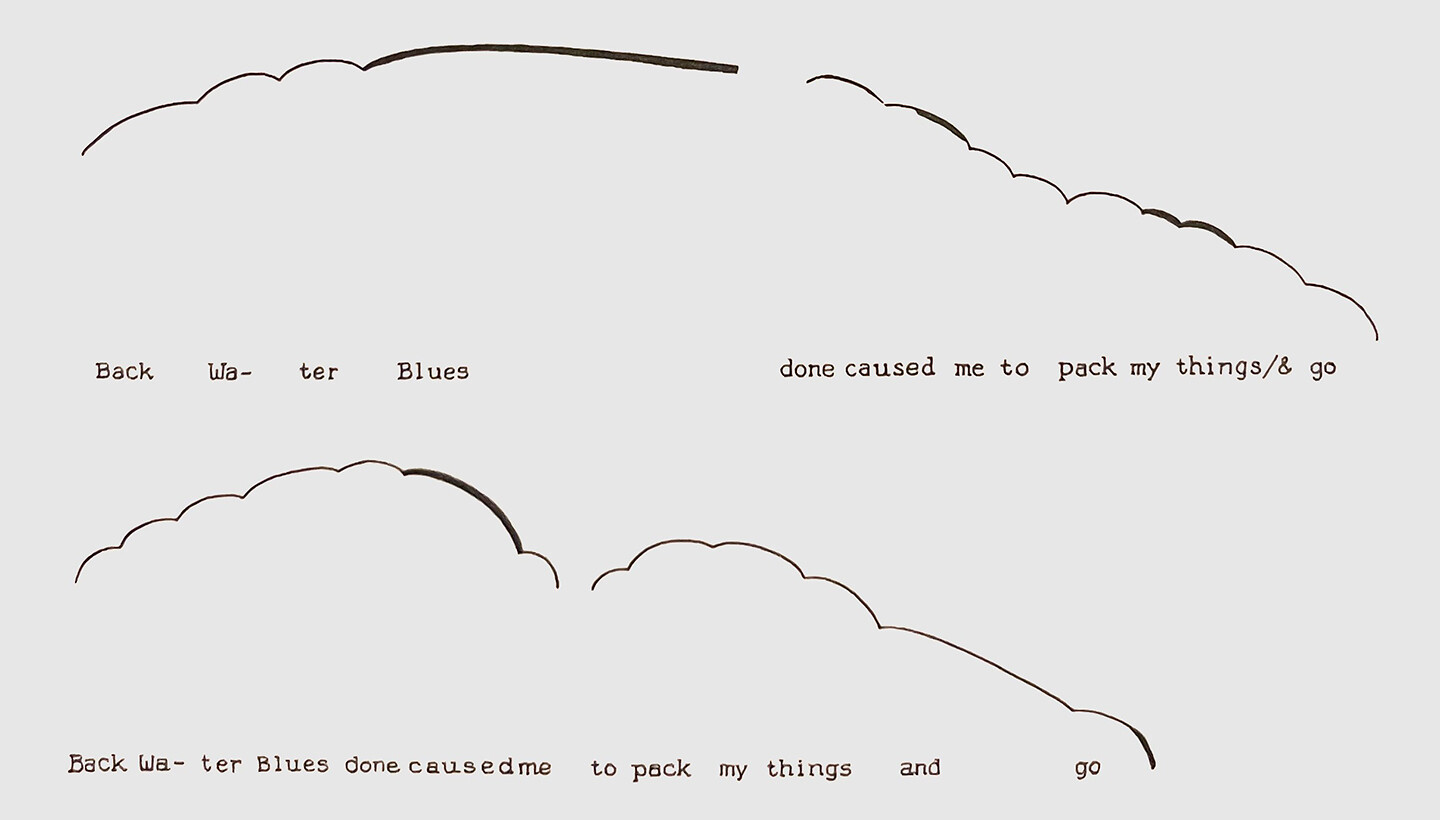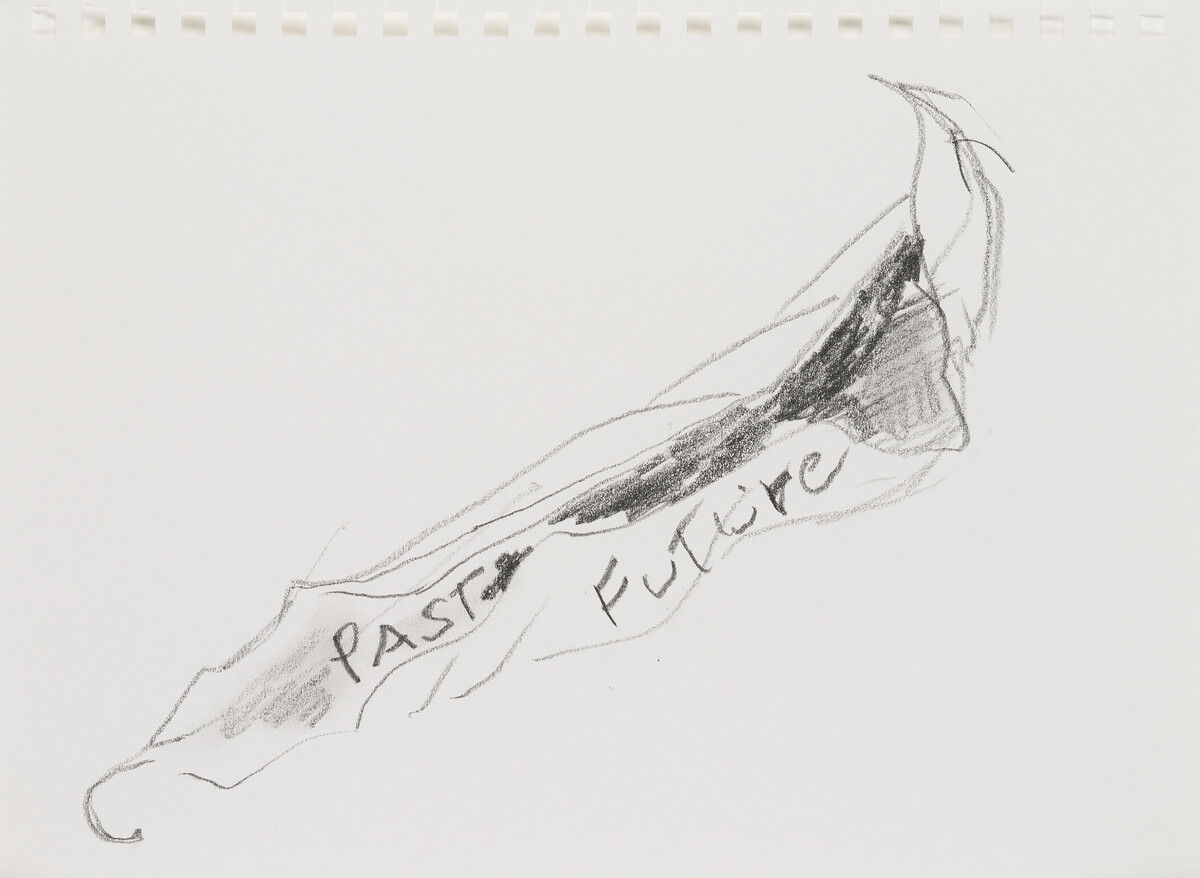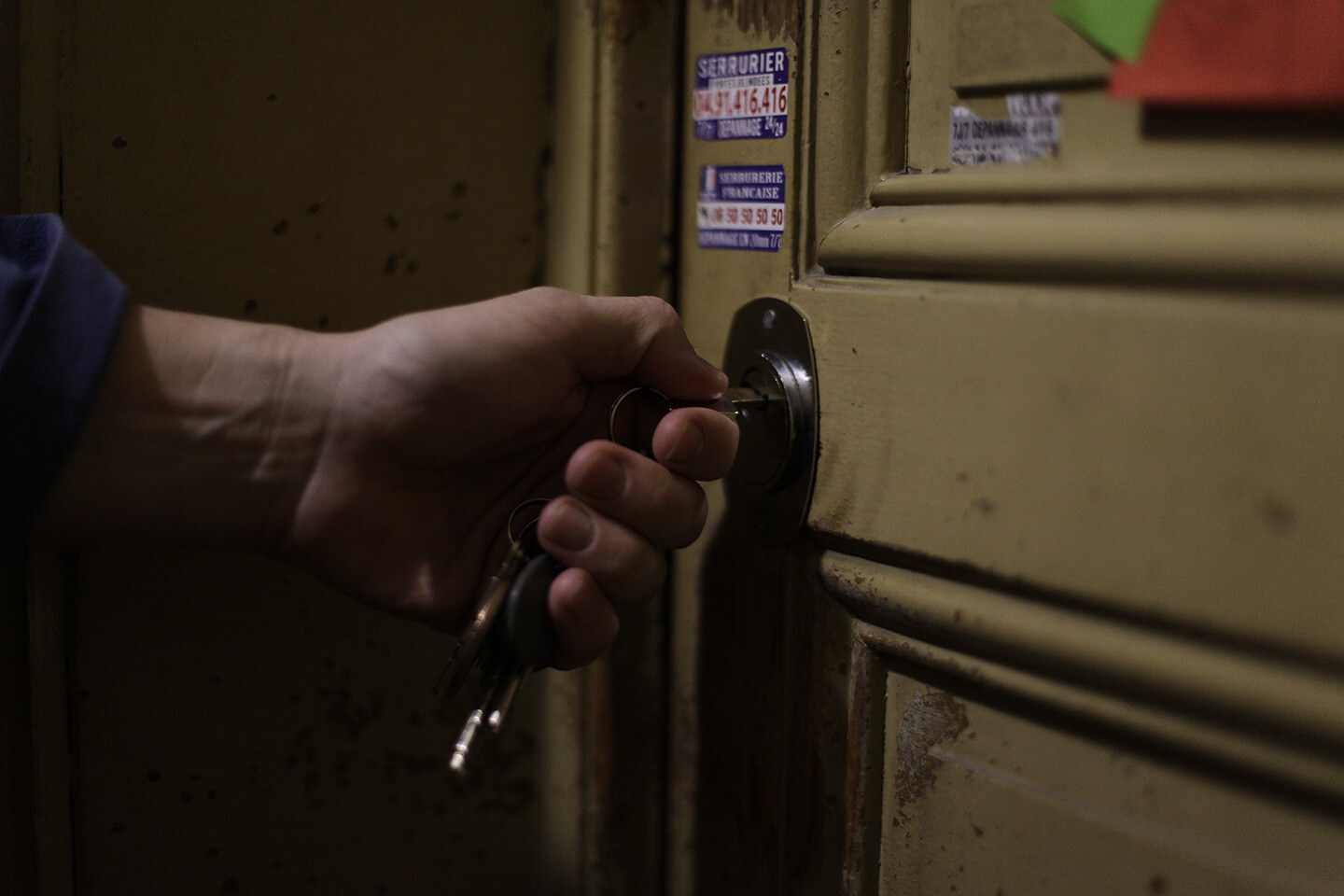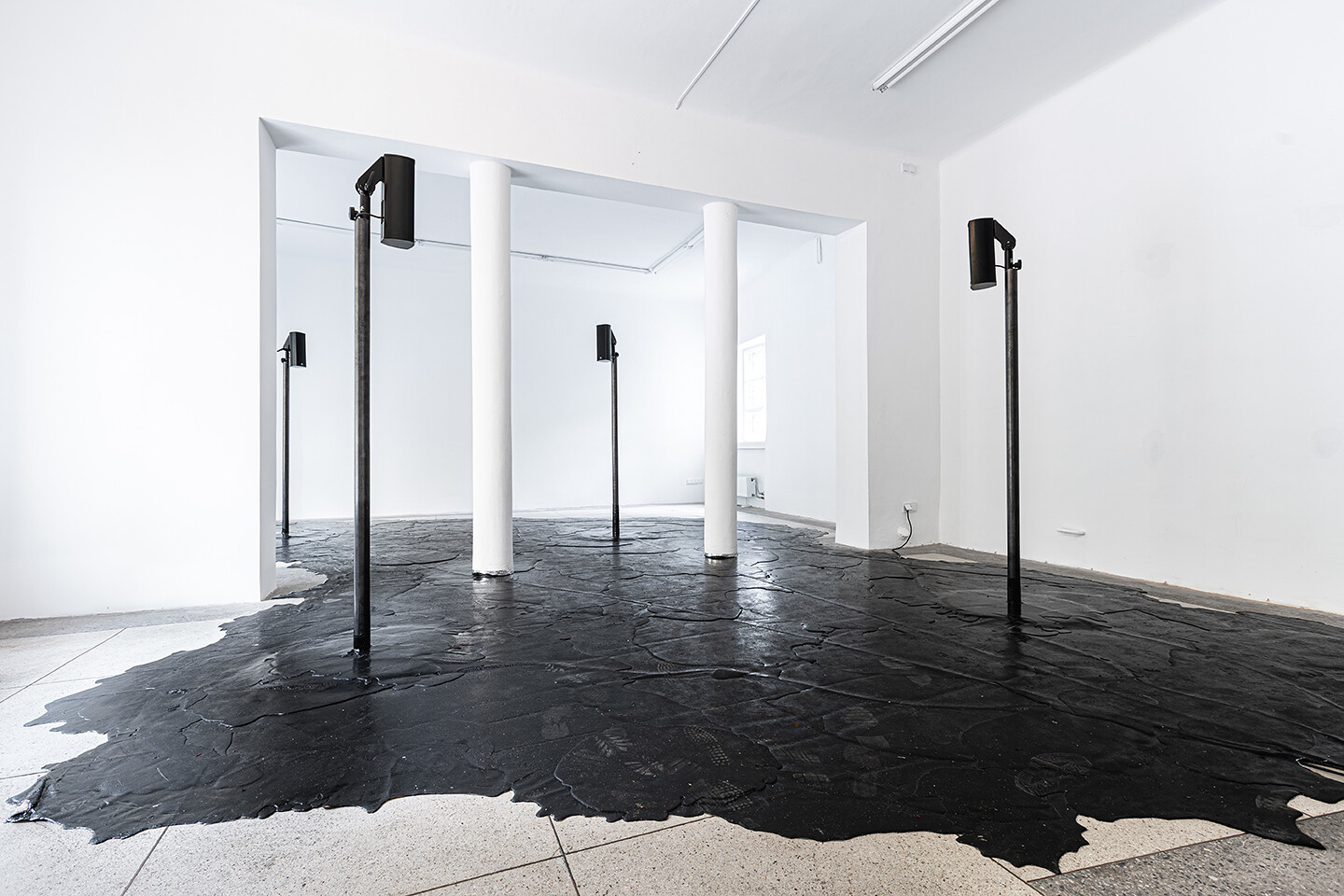It can’t be said in words. Forget the books. They lie. Well intentioned, but provincial. From a time before we all knew each other and how different we can be. Keep the speed of speech, because it is so beautiful. Keep the pitch range of speech. (It can be exaggerated, if you can do it without sounding like a British Music Hall. Let the microphone take care of the details.) Keep the urgency of the storytelling. Then, you have become a character. You could be in an opera. Like me.
How many artists and art practitioners have you met who began in music? Maybe visual art offered them some relief from the rigors of musical scale and tonal structure, a broader material and conceptual palette. But what of those who stayed with musical form and sonic language while also testing its limits? Music’s own wildness takes endless forms, from the modern supernatural of recordings and long-range transmissions over air or wire to the synthetic identities promised by the energy injections of new popular sounds. The strange magical or divinatory interests of experimenters and composers have their own occult physics, automations, locutions. In this vein, we are very excited to work with curator Daniel Muzyczuk on the first in a series of issues retracing the weird and winding paths connecting musical and artistic experiments.
The brain is the first axis of Ashley’s art of memory (and perhaps its main “landscape” since it is freed from figurative bonds). This is the axis of the inaudible, the imperceptible. It is faster than the vibrations of the throat. This is modernity. It brings speed. Or rather an extreme variety of speeds. And, if we believe Ashley, the brain is unity, the coordination between the mind and the body through which we become whole.
The entire mystery of the universe was contained in the poetics and the fact that you can’t ever find the stress. You can’t locate it exactly because it’s this blank place. I think that when you write a poem, you actually enter a blank space. And when you’re writing, you are actually feeling nothing. What the poetry is about is not taking place. Some blank thing is happening. And then you define it by before and after. There’s some kind of bleeding between before and after your entry into the blank space.
If the ghosts of Liszt and Chopin have become fluent English speakers while in the land of the dead, isn’t it strange that they have accents? In fact, an accent is just like a composer’s signature style: a small detail that reveals the origin of a given piece. Style was what experts looked for when examining the scores written down by medium Rosemary Brown for confirmation of life after death. But why should a dead composer have the same style as when they were alive?
Music is a kind of sound, and poetry is a kind of language. Sounds are arranged into music, as language is arranged into poetry. But what’s considered “musical” or “poetic” moves us beyond formal arrangement, beyond even their respective media, into the realms of discourse. The sense of what’s “musical” and what’s “poetic” can differ and can definitely vary, but generally one looks to be moved, or even transported, into realms of feeling, spirit, and memory. This is the lyrical mode: the ancient lyre shaped words—lyrics—into rhythmic and tonal patterns to give us poem forms—elegies, odes, sonnets—carrying song through language’s musically inflected prosodies.
The reason for the progressive collapsing of all memory into the two-dimensionality of a linguistic plane correlates to immortality, implying the infinite repetition of all possible circumstances. In other words, Borges seems to say that everyone will be everyone, sooner or later bound to write all possible books. In this conception of temporal events and their reduction to language, individual lives and consciousnesses are inexorably flattened to an infinitely repeated script: this is the final transformation of every memory into “words”—or sounds, we might add.
I was influenced by how the conceptual poets had demonstrated the mutability of digitized text; through their work, language became a ready-made that could be repurposed in much the same fashion as an audio sample. Once sound was fixed to the medium of tape it took on a new life as a sample, a sound object that could be processed and transformed. Extracted from its source, the sample created an opportunity for the composer to reassign its signifiers through sonic transformation and recontextualization. Digitalization expanded the malleability of this process exponentially, creating the possibility for a wild morphology.
In the late 1980s a former classical flute student, Andy Hildebrand, changes his career path and moves on to study advanced digital signal processing. Having become a specialist in stochastic estimation theory (and by now a doctor), Hildebrand starts working for Exxon, one of the world’s largest oil and gas companies. There he develops a very idiosyncratic solution to the one simple question that the corporation asks him—where is the oil?
